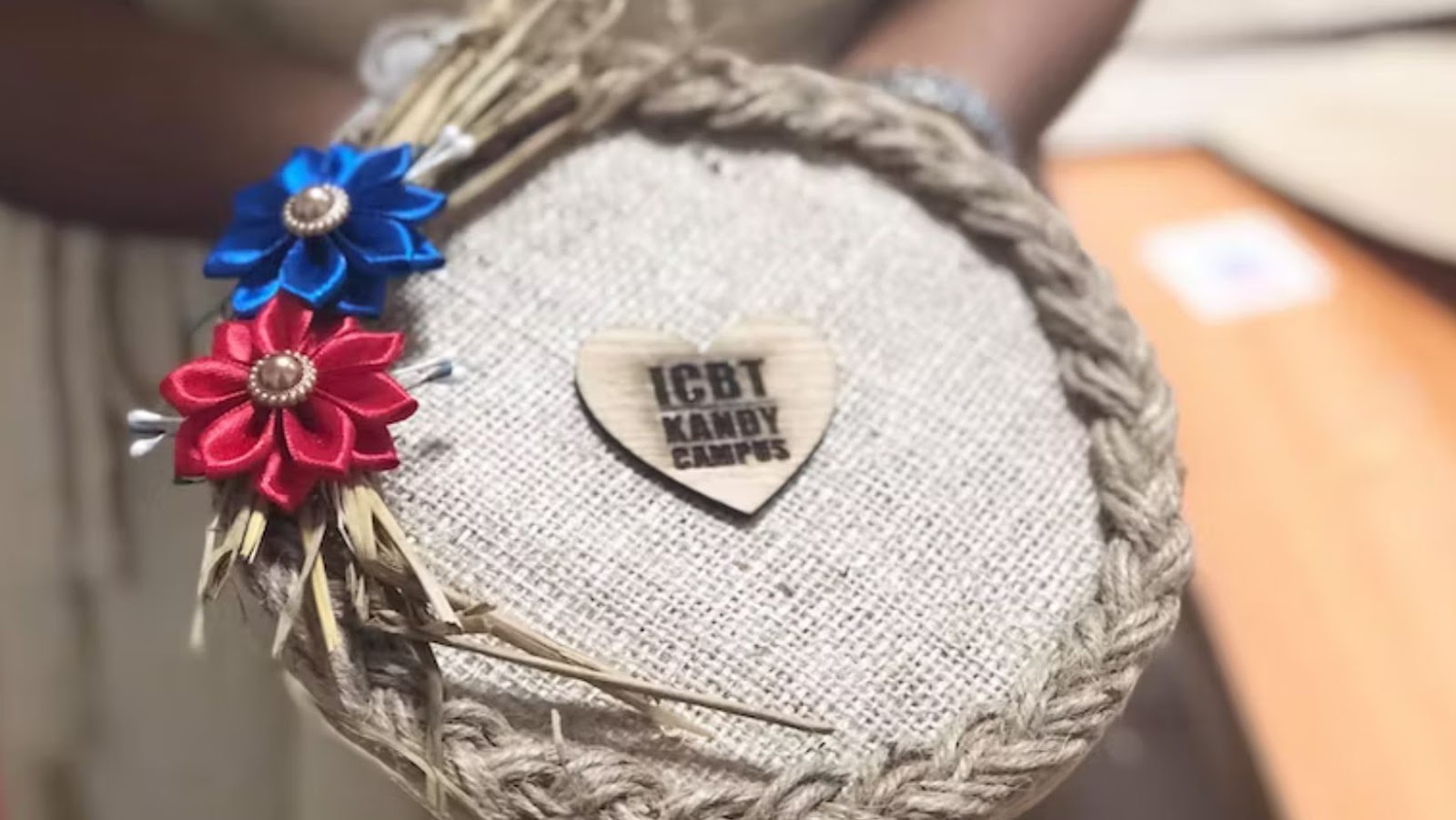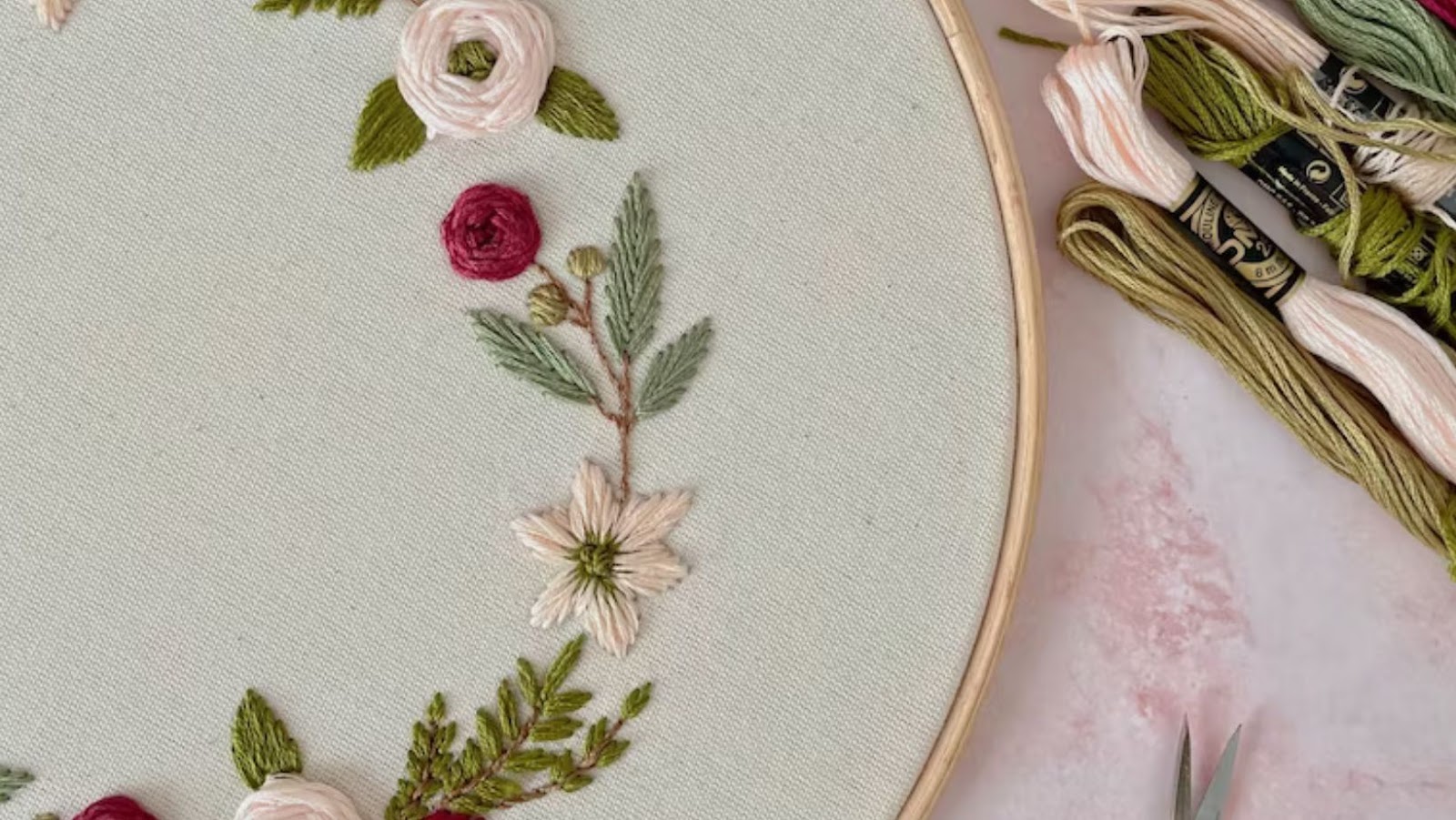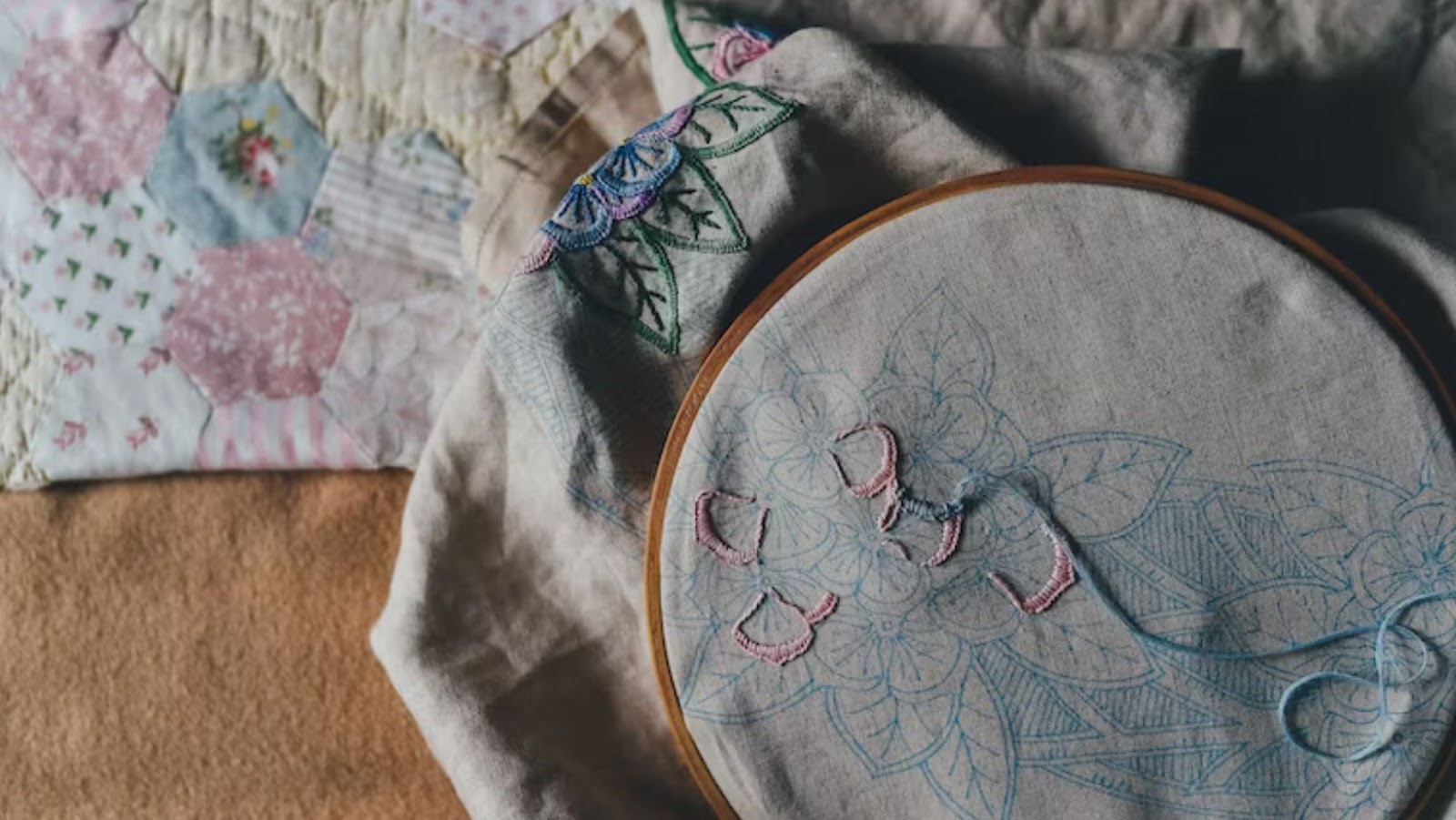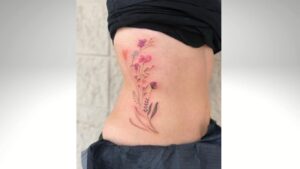When it comes to knitting, the stockinette stitch and garter stitch are two of the most basic and fundamental stitches. They are often used in beginner-level patterns due to their simplicity and versatility. However, knowing the difference between the two and their distinct characteristics is important for every knitter.
The stockinette stitch is created by knitting one row and purling the next row, creating a smooth and uniform fabric. This stitch is often preferred for creating garments because it allows for a clean and polished aesthetic. Meanwhile, the garter stitch is created by knitting every row, resulting in a bumpy and textured fabric. This stitch is often used for blankets, scarves, and other cozy items because of its warmth and thickness.
One of the primary differences between the stockinette stitch and garter stitch is their ability to curl. The garter stitch is less likely to curl on the edges compared to the stockinette stitch, making it well-suited for projects that require a flat and stable fabric. However, when it comes to overall appearance, the stockinette stitch is considered more aesthetically pleasing to some, while others appreciate the simplicity and cozy texture of the garter stitch.
Table of Contents
ToggleThe Basics of Stockinette Stitch and Garter Stitch
When it comes to knitting, there are two basic stitches that you’ll encounter – the stockinette stitch and the garter stitch. While both are used to create lovely knitwear, each has its own unique characteristics that can make a big difference in the final product.
The stockinette stitch is created by knitting one row and then purling the next, creating a smooth and flat surface on one side and a bumpy, textured surface on the other. This stitch is great for creating garments that need a little bit of stretch, like sweaters or socks. However, because the knit side tends to curl up, it can be difficult to use for pieces that need a straight edge.
On the other hand, the garter stitch is made by simply knitting every row, creating a bumpy surface on both sides. While this may seem like a downside, it actually makes the garter stitch ideal for pieces that need a sturdy, stable edge, like scarves or blankets. Additionally, the garter stitch tends to lie flat, making it easier to use for pieces that need a straight edge.
When comparing stockinette stitch vs garter stitch, there are a few other things to keep in mind. While the stockinette stitch may seem more versatile due to its smooth surface, it can also show mistakes and uneven tension more easily than the garter stitch. On the other hand, the garter stitch can use up more yarn and produce a bulkier fabric, which may not be ideal for more delicate projects.
Ultimately, whether you choose to use stockinette stitch or garter stitch depends on the project you’re working on and your personal preference. By understanding the unique qualities of each stitch, you can make a more informed decision and create beautiful, high-quality knit pieces that you’ll be proud to wear or share with your loved ones.
Differences Between Stockinette Stitch and Garter Stitch
When it comes to knitting, two of the most popular stitch patterns are stockinette and garter. While both stitches share some similarities, there are key differences between the two.
Appearance
The most obvious difference between stockinette stitch and garter stitch is their appearance. Stockinette stitch has a smooth, flat surface with “v” shaped stitches on one side and horizontal “bars” on the other. In contrast, garter stitch has a bumpy texture with raised ridges on both sides of the fabric.
Difficulty
For beginners, garter stitch is often recommended as it is a simple, repetitive pattern that involves only knitting every stitch on every row. Stockinette stitch, on the other hand, involves knit stitches on one side and purl stitches on the other, making it slightly more challenging to master. However, once the technique is learned, stockinette can be faster to knit as there are fewer rows needed to achieve the same height compared to garter stitch.

Stretchiness
Another key difference is the stretchiness of the two stitches. Garter stitch has a lot of “give” due to its bumpy texture, making it ideal for items that need to stretch, such as hats or scarves. In contrast, stockinette stitch tends to curl at the edges and can be less stretchy, making it better suited for items like sweaters or blankets.
Reversibility
Garter stitch is identical on both sides, making it reversible. This is useful for items like scarves or blankets where both sides will be visible. Stockinette stitch, however, has a distinct “right” and “wrong” side, with the “v” stitches on one side and horizontal “bars” on the other.
In conclusion, while both stockinette stitch and garter stitch have their strengths, they are ultimately best suited for different applications. So whether you’re a beginner or an experienced knitter, understanding these differences will allow you to choose the right stitch for your project.

When to Use Stockinette Stitch or Garter Stitch
When it comes to knitting, the choice between using stockinette stitch vs garter stitch can make a big difference in the appearance of your final project. Here are a few things to consider when deciding which stitch to use:
- Texture: Garter stitch has a bumpy, ridged texture that can add dimension to your knitting project, while stockinette stitch has a smooth, flat texture that can give a more uniform appearance.
- Curling: Garter stitch has a tendency to curl at the edges while stockinette stitch does not. So, if you prefer a project with straight edges, stockinette stitch is the way to go.
- Time and Effort: Garter stitch is one of the easiest and quickest knitting stitches to learn and can be used for a variety of projects, making it a great choice for beginners. On the other hand, stockinette stitch can take longer to complete because of the purling involved.
- Project Type: Depending on the type of project you are making, one stitch may be more appropriate than the other. For example, stockinette stitch is great for creating clothing items like sweaters or scarves, while garter stitch is well suited for dishcloths, blankets, and other home items.
Overall, whether you choose to use stockinette stitch vs garter stitch ultimately depends on your personal preferences as well as the type of project you are making. Experiment with both stitches to find which one you prefer and practice to improve your knitting skills.
Conclusion
After exploring the differences and similarities between stockinette stitch and garter, it’s clear that both have their benefits and drawbacks.
Here are a few key takeaways:
- Stockinette stitch is a smooth, flat stitch that is great for creating a sleek and polished look. It’s also typically faster to knit than garter stitch.
- Garter stitch is bumpy and textured, and it’s great for creating cozy fabrics that lie flat and don’t curl. It’s also reversible, so it’s perfect for scarves, blankets, and other items where both sides will be visible.
- If you’re knitting something that needs to lie flat, like a sweater or a blanket, garter stitch is often the way to go. On the other hand, if you’re knitting something that you want to be smooth and polished, like a hat or a scarf, stockinette stitch is a good choice.
- Stockinette stitch also tends to curl at the edges, which can be frustrating, while garter stitch lies flat. However, there are simple ways to counteract this curling, such as adding a garter stitch border or blocking your finished piece.
In the end, which stitch you choose to use depends on your preference, your project, and your skill level, and both stockinette stitch and garter stitch are valuable techniques to add to your knitting repertoire.





